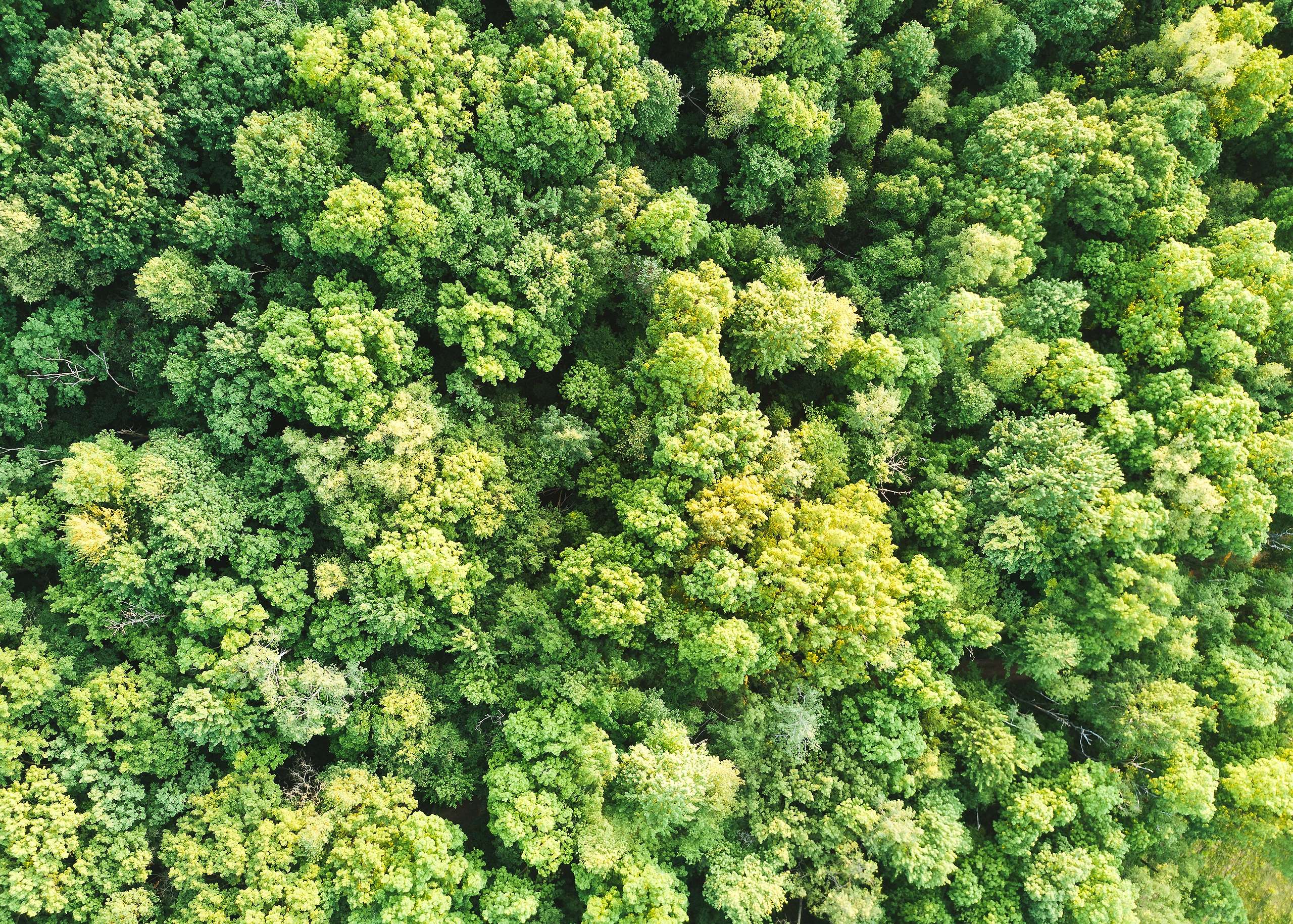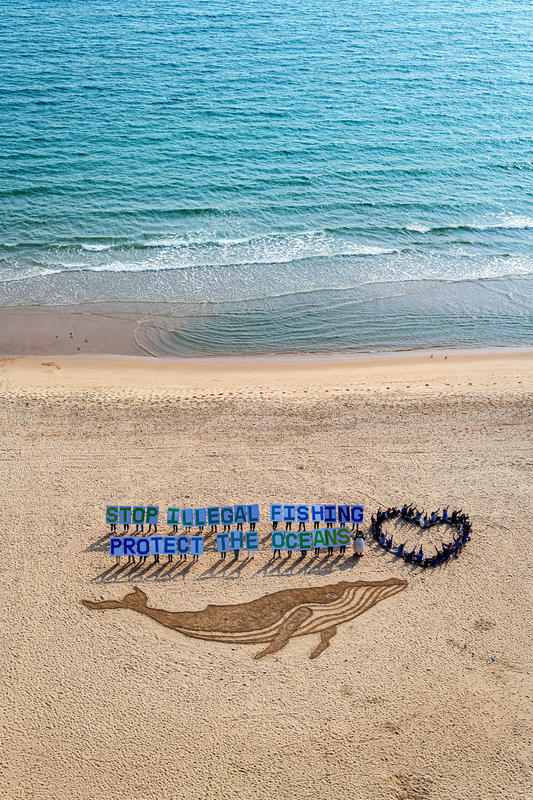Comme on le craignait, la destruction de la forêt amazonienne s’emballe : la déforestation
y a augmenté de 9,5 % entre août 2019 et juillet 2020. C’est ce que rapportent les autorités brésiliennes sur base d’images satellites. En l’espace d’un an, 11 088 km2 de forêt tropicale ont été irrémédiablement perdus, soit l’équivalent de 626 millions d’arbres.
Greenpeace pointe du doigt le rôle du gouvernement brésilien, qui nie la gravité de la situation et a même lancé une attaque contre les ONG actives dans la forêt amazonienne.
« La politique du président Bolsonaro nuit à l’environnement, au climat, aux populations indigènes mais aussi, à la réputation du Brésil dans le monde. Les investisseurs, les banques, les multinationales et les chefs d’État ont déjà menacé de retirer leurs investissements du Brésil parce qu’ils ne veulent rien avoir à faire avec la destruction à grande échelle de la nature qui a lieu dans le pays. Malgré les mauvais chiffres et la pression exercée par différentes parties prenantes, le gouvernement n’a toujours pas présenté de plan valable pour combattre la déforestation », déclare Cristiane Mazzetti de Greenpeace Brésil.
Le communiqué de presse complet (en anglais):
Deforestation rate in the Amazon is the highest since 2008
São Paulo, 30 November 2020 – Deforestation in the Amazon increased by 9,5% between August 2019 and July 2020, according to the Brazilian official annual deforestation monitoring system PRODES[1]. Released today by INPE (Brazil’s National Space Research Institute), the rate is the highest since 2008 and represents the destruction of 11,088 km² of the biome, the equivalent to 626 million fallen trees.
“This was already expected. Instead of acting to prevent the increase in deforestation, the federal government has been denying the reality, dismantling the agencies, restraining and attacking NGOs work. Because of the government’s anti-environmental policies, deforestation in Brazil is almost three times higher than the target for 2020 set by the country’s National Policy on Climate Change[2]”, says Cristiane Mazzetti, Amazon campaigner at Greenpeace Brazil.
According to PRODES, the state of Pará was the most deforested in the Brazilian Amazon, followed by Mato Grosso, Amazonas and Rondônia. In Pará, the destruction advanced over protected areas, Indigenous lands and public lands. None of these areas were included in the field trip organized by the Brazilian government to show the Amazon to Ambassadors early this month. Meanwhile, Bolsonaro’s government has proposed a 35% reduction in the budget for environmental protection for 2021 and discusses repressing the activities of non-governmental organizations in the Amazon.
“Bolsonaro’s actions are not only damaging the environment but also Brazil’s reputation internationally. Investors, banks, global companies and leaders have already signaled their concerns and threatened to pull out their investments from Brazil as they do not want to be associated with the environmental crimes and widespread destruction taking place in the country. Despite the negative numbers and pressure coming from different stakeholders, the government has not presented any meaningful plans to reduce deforestation”, says Mazzetti.
Greenpeace demands companies and governments to stop making business with forest destroyers, drastically reduce the production and consumption of meat and dairy, which are the largest source of deforestation in Brazil, and align trade to support resilient economies that put nature and people first.
ENDS
Photos and videos of Amazon deforestation available here.
Notes
1. Deforestation data released by PRODES is available here.
2. Brazil’s deforestation target set by National Policy on Climate Change is available here (in Portuguese).


